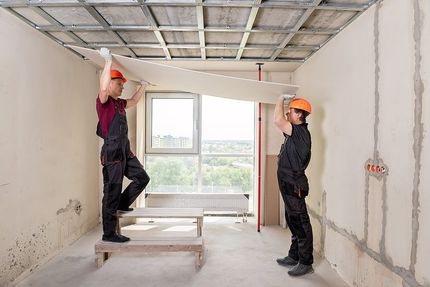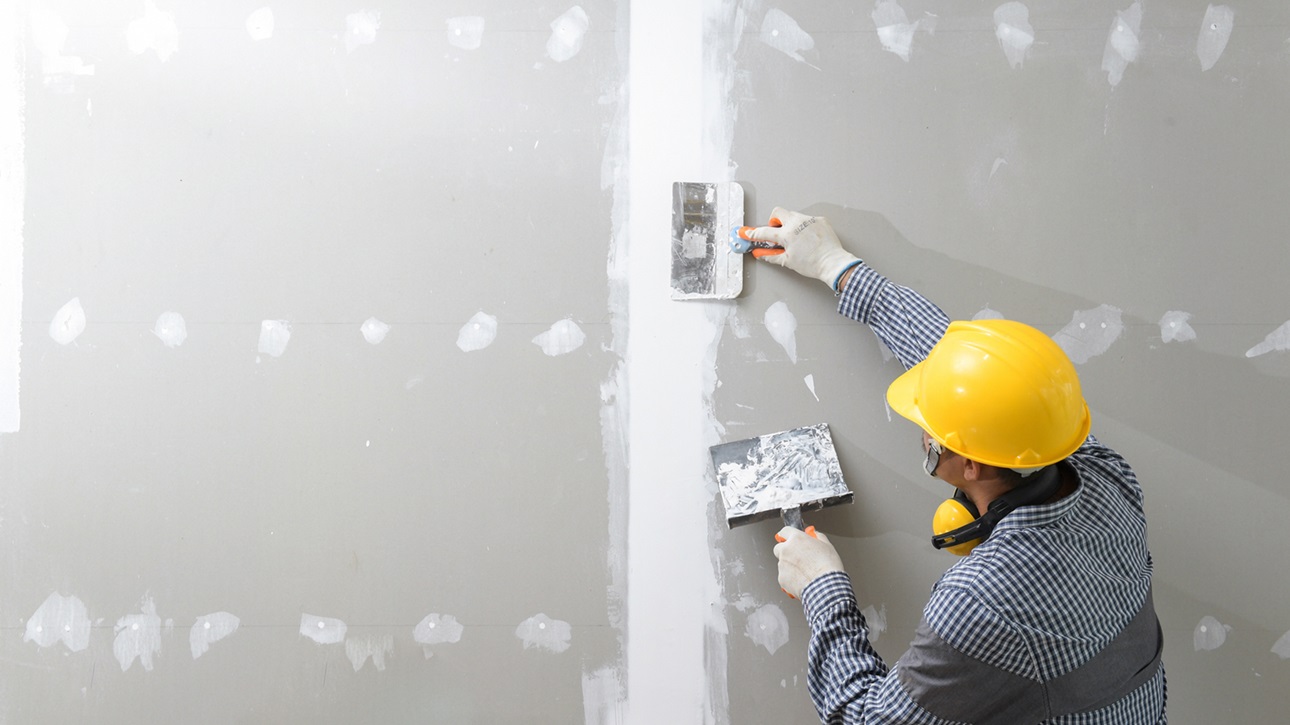Reliable Drywall Repair Techniques to Restore Your Walls
Drywall Setup Made Easy: Tips for Perfect Outcomes
Drywall installation is frequently viewed as a complicated task, yet with the best approach and understanding, it can end up being a convenient venture. Mastering methods for reducing, hanging, and completing drywall can dramatically influence the outcome.
Picking the Right Materials
Choosing the ideal materials for drywall setup is crucial to accomplishing a durable and visually pleasing coating. sheetrock repair fort worth. The main element, drywall sheets, commonly come in various thicknesses, with 1/2-inch sheets being common for indoor walls. For areas needing added moisture resistance, such as restrooms or kitchen areas, consider using green board or cement board, which are specifically made to hold up against humidity

Additionally, selecting the right fasteners-- either nails or screws-- is crucial for safeguarding the drywall to the framework. Drywall screws are generally preferred for their holding power and lowered danger of popping. Consider the finishing touches such as guide and paint, which not just boost the appearance but additionally shield the drywall from wetness and wear.
Preparing the Installation Location
Prior to beginning the drywall installation process, it is important to prepare the setup location completely. This prep work entails numerous essential steps to guarantee a smooth and successful project. Initially, clear the area of any furnishings, devices, or blockages that could hinder accessibility. A clean workspace lessens the risk of damages to existing things and enables efficient activity during installment.
Following, examine the wall surfaces and ceiling for any blemishes, such as splits, openings, or mold. Address these issues beforehand; patch any kind of damages and enable enough time for repair work to completely dry. In addition, ensure that electrical outlets, buttons, and plumbing are appropriately placed and accounted for, as this will affect drywall positioning.
Take into consideration the ecological problems also. A stable temperature and humidity degree are vital for optimal attachment and efficiency of the drywall products. Use a dehumidifier or heater to create ideal problems. if required.
Trimming and Hanging Drywall
The trick to reliable drywall installation exists in the precise cutting and hanging of the panels. Utilize a straight edge and an energy knife to score the drywall along your measurements, after that snap it along the scored line for a tidy break.

Always function from the top down and entrusted to right, making certain that you preserve a staggered pattern to improve security. Correctly hanging the drywall sets the foundation for a smooth surface, eventually causing remarkable lead to your drywall task.
Taping and Mudding Methods
While correct cutting and hanging of drywall establishes the stage, the following crucial step involves grasping taping and mudding strategies to make certain a seamless surface. Insulation is essential for strengthening joints and stopping splits; it entails installing tape into the used joint compound (mud) Start with a quality fiberglass or paper tape, using the tape over the joint and pressing it right into the wet mud making use of a taping knife, making certain no air bubbles stay.
Once the tape remains in place, apply a slim layer of joint compound over the tape, feathering the sides to create a smooth change to the drywall surface area. Permit this layer to dry totally prior to sanding it gently to get rid of flaws. Repeat this process, applying additional coats of mud as necessary-- commonly 2 to 3 coats-- while slowly expanding the application location with each layer to achieve a smooth look.
After the final coat dries, sand the surface with a fine-grit sandpaper until smooth. drywall contractor. Keep in mind to use a mask throughout sanding to prevent inhaling dirt fragments. Understanding these taping and mudding techniques is vital for accomplishing a professional-quality finish in your drywall installation
Finishing Touches for Perfection
Accomplishing a flawless drywall setup goes beyond mudding and taping; it finishes in the ending up touches that elevate the total look. These last actions are critical in my review here guaranteeing a professional-grade finish that have a peek at these guys improves the aesthetics of your space.
Begin by sanding the dried out joint compound to develop a smooth surface. Make use of a fine-grit sandpaper and a sanding block or pole sander for optimum control. Pay certain focus to edges and edges, as these locations tend to call for more precise work. After fining sand, wipe down the wall surfaces with a moist fabric to eliminate any dust bits, making certain a clean surface for painting.
Next, use a guide specifically designed for drywall. This action is important, as it assists seal the joint substance and supplies a consistent base for the overcoat. When the primer dries, evaluate for any type of blemishes, and retouch as required.
Verdict
In final thought, effective drywall installation hinges on the cautious choice of visit the site products, detailed prep work of the installation location, and exact implementation of cutting and hanging strategies. Mastery of taping and mudding processes is necessary for attaining a smooth finish.
Drywall installation is commonly regarded as a complicated task, yet with the best strategy and expertise, it can become a manageable endeavor.Picking the ideal materials for drywall setup is important to achieving a durable and aesthetically pleasing surface.Prior to starting the drywall installment procedure, it is vital to prepare the setup area thoroughly. Understanding these taping and mudding methods is critical for achieving a professional-quality surface in your drywall installation.
In conclusion, effective drywall installation pivots on the mindful selection of products, comprehensive preparation of the setup area, and specific implementation of cutting and hanging techniques.